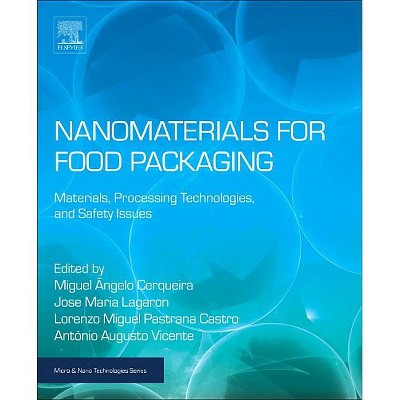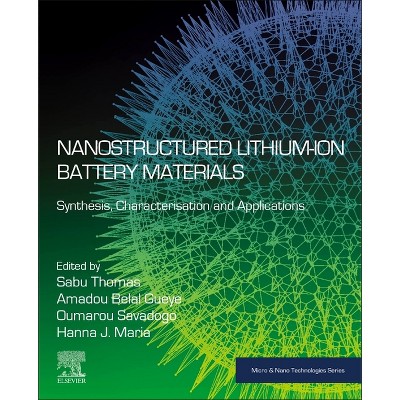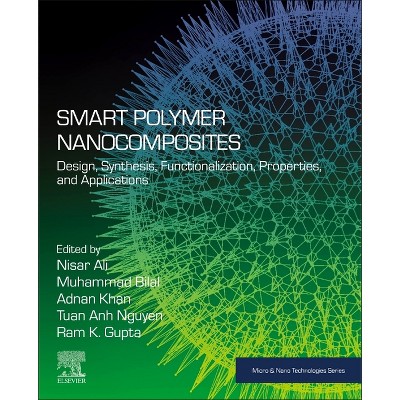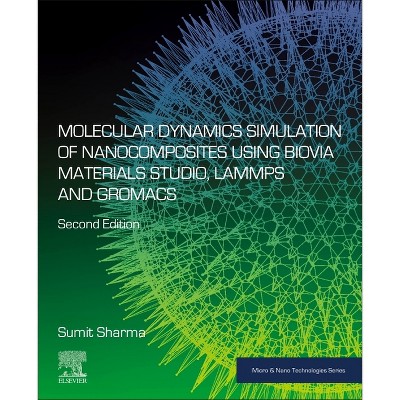Sponsored

Nanomaterials in Rocket Propulsion Systems - (Micro and Nano Technologies) by Qi-Long Yan & Guo-Qiang He & Pei-Jin Liu & Michael Gozin (Paperback)
In Stock
Sponsored
About this item
Highlights
- Nanomaterials in Rocket Propulsion Systems covers the fundamentals of nanomaterials and examines a wide range of innovative applications, presenting the current state-of-the-art in the field.
- Author(s): Qi-Long Yan & Guo-Qiang He & Pei-Jin Liu & Michael Gozin
- 592 Pages
- Science, Nanoscience
- Series Name: Micro and Nano Technologies
Description
About the Book
"Nanomaterials in rocket propulsion systems covers the fundamentals of nanomaterials and examines a wide range of innovative applications, presenting the current state-of-the-art in the field. Opening with a chapter on nano-sized energetic materials, the book examines metal nanoparticles-based fuels, ballistic modifiers, stabilizers and catalysts as the components of rocket propellants. Hydrogen storage materials for rocket propulsion based on nanotubes are then discussed, as are nano-porous materials and metal organic frameworks, nano-gelled propellants, nano-composite ablators and ceramic nano-composites. Other applications examined include high thermal conductivity metallic nano-composite nozzle liners, nano-emitters for Coulomb propulsion of space-crafts, and highly thermostable nano-ceramics for rocket motors. The book finishes with coverage of combustion of nano-sized rocket fuels, nano-particles and their combustion in micro- and nano-electromechanical systems (MEMS/NEMS), plasma propulsion and nano-scale physics. Users will find this to be a valuable resource for academic and government institutions, professionals, new researchers and graduate students working in the application of nanomaterials in the aerospace industry"--Book Synopsis
Nanomaterials in Rocket Propulsion Systems covers the fundamentals of nanomaterials and examines a wide range of innovative applications, presenting the current state-of-the-art in the field. Opening with a chapter on nano-sized energetic materials, the book examines metal nanoparticles-based fuels, ballistic modifiers, stabilizers and catalysts as the components of rocket propellants. Hydrogen storage materials for rocket propulsion based on nanotubes are then discussed, as are nano-porous materials and metal organic frameworks, nano-gelled propellants, nano-composite ablators and ceramic nano-composites. Other applications examined include high thermal conductivity metallic nano-composite nozzle liners, nano-emitters for Coulomb propulsion of space-crafts, and highly thermostable nano-ceramics for rocket motors.
The book finishes with coverage of combustion of nano-sized rocket fuels, nano-particles and their combustion in micro- and nano-electromechanical systems (MEMS/NEMS), plasma propulsion and nano-scale physics. Users will find this to be a valuable resource for academic and government institutions, professionals, new researchers and graduate students working in the application of nanomaterials in the aerospace industry.
Shipping details
Return details
Trending Non-Fiction

















